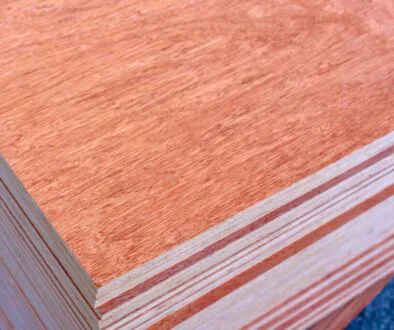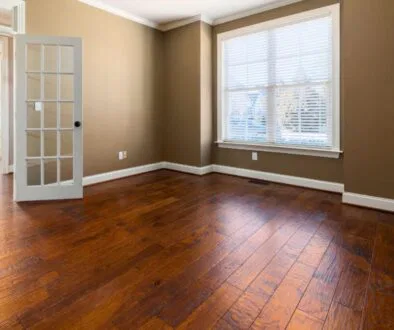Woodworking Basics: Learn The Various Types Of Wood Grain
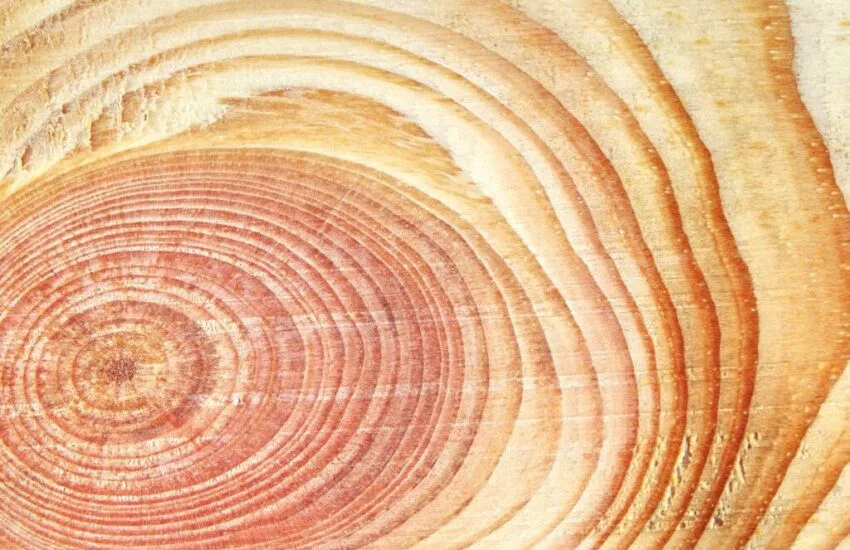
Published December 9, 2024
Have you ever wondered what makes wood unique? It’s all in the grains. The grains add character and individuality to furniture, flooring, or decorative projects. But they’re more than just looks—each pattern tells a story of the tree’s growth and strength, offering clues about its durability and best uses. Understanding wood grains unlocks the full potential of your woodworking.
In this article, we’ll explore the different types of wood grain. We’ll learn what shapes its formation, the pattern it creates, and the impact on the wood’s look, texture, and usability.
What Are Wood Grains?
Wood grains are the unique patterns and textures that appear on the surface of wood, shaped by the tree’s cellular structure. Larger cells near the tree’s core provide structural support, while smaller, denser outer cells protect against pests and disease. This natural structure creates intricate grain patterns, which vary by tree species, growing conditions, and wood-cutting methods.
Factors Influencing Wood Grain Patterns
Several key factors influence the distinctive appearance and structure of various types of wood grain:
- Wood species. Different tree types naturally produce either open or closed-grain patterns.
- Cutting techniques. The method used to cut the wood determines the grain’s orientation and overall aesthetic.
- Tree growth rates. Seasonal variations in growth affect the prominence and flow of the grain.
- Pore size. The size of the pores defines the texture, ranging from coarse to smooth.
- Natural imperfections. Features like knots introduce unique irregularities and add character to the wood.
- Burls. Irregular growths on trees create striking, swirling grain patterns.
- Diseases and infections. These can alter the texture and coloration, leaving unique marks on the wood.
Exploring The Different Types Of Wood Grain
Understanding wood grain types is key to choosing the right material. It’s essential for furniture, flooring, or any woodworking project. Here’s an overview of the most common types of wood grain patterns to guide your decision.
Open Grain
Open-grained woods like oak and ash are characterized by their large, visible pores, which give them a distinct, rustic charm. The prominent grain patterns create a natural, timeless look, making them popular for traditional or casual designs.
The grains form during the wood’s growth cycle. Faster spring growth creates larger pores, while slower summer growth produces finer textures. If you plan to buy white oak wood for your next project, you can expect its striking grain patterns to add character and charm.
Closed Grain
Closed-grain woods like maple and cherry have small, tight pores, giving them an exceptionally smooth surface. Their sleek look is ideal for modern or minimalist designs. The uniform growth rings of these woods enhance their consistency, adding to their sleek and polished aesthetic.
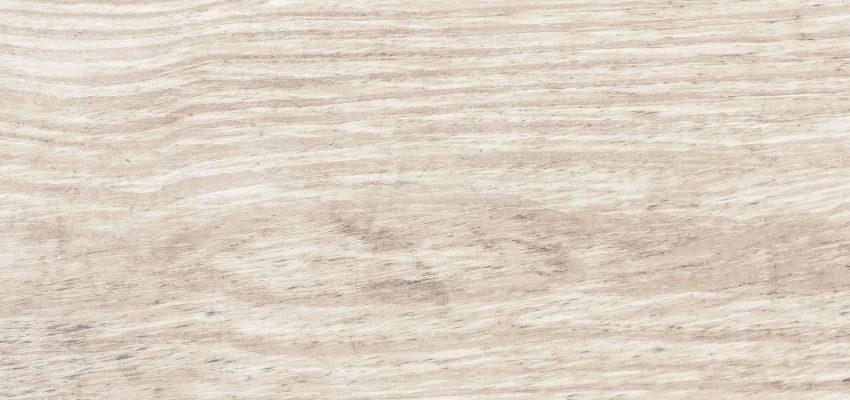
Discover The Beauty Of Wood Grain Patterns
Wood grain patterns bring natural beauty and character to projects, highlighting the unique lines and textures of a tree’s growth. From straight grains to swirls, these patterns shape the style of furniture, flooring, and decor. Being familiar with the identification types of wood grain patterns can enhance your ability to choose the perfect material for your next project.
Flat Grain
Flat grains are formed when a tree is cut perpendicular to its core, resulting in streaks that run parallel to the wood’s surface. This cutting technique creates smooth and consistent patterns. It’s perfect for flooring and furniture with a sleek, modern look.
Curly Grain
Curly grain forms in trees with irregular or twisted growth, creating stunning, wavy, spiral-like patterns. This unique feature is often found in maple and walnut, making them highly prized for decorative woodworking projects.
Straight Grain
Straight grains cut outward from the tree’s center, creating vertical fibers. These fibers improve the wood’s strength and durability, making it an ideal option for structural uses and ensuring long-lasting performance.
Interlocked Grain
Certain trees, particularly those with spiral growth patterns, develop interlocked grain. In this unique structure, the wood fibers alternate directions, resulting in ribbon-like stripes when quarter-sawn. While these grains create a visually stunning effect, they can be challenging due to their increased tendency to split.
Irregular Grain
Irregular grains form through natural variations like knots, burls, or branching. Each piece has its unique character. Their distinct patterns are perfect for accent projects. They add a creative and visually striking touch to any design.
Less Common Grain Patterns
- Burl. A mesmerizing, wavy, or distorted grain caused by growth irregularities, often seen in walnut and poplar.
- Fiddleback. Flame-like, wavy grain patterns are most notable in maple and are highly sought after for crafting musical instruments.
- Quilted. A plush, bubble-like texture that creates a striking three-dimensional effect, typically seen in maple.
- Bird’s eye. This unique feature is found in maple wood, and it resembles tiny “eyes” scattered across the surface.
- Ribbon curl. Elegant, ribbon-like twists in the grain, a signature characteristic of mahogany.
- Crotch. Y-shaped grain patterns formed at branch intersections, commonly found in mahogany and walnut.
- Tiger shape. Bold, dark streaks were created by fungal activity in the oak, resulting in dramatic visual contrasts.
Various Sawing Techniques And Their Grain Patterns
Understanding sawing methods is key when working with wood. Each technique impacts the final product’s grain pattern, strength, and appearance.
Live-Sawn (Vertical Grain)
Live-sawn cutting slices straight through the entire log. This method creates a mix of grain patterns from the inner and outer sections. This method is favored for flooring, as it highlights the wood’s natural variations and character.
Quarter-Sawn (Closed Grain)
Quarter-sawn boards are cut at 60 to 90-degree angles, revealing tightly packed growth rings and a clean, vertical grain. This technique enhances the wood’s natural beauty, often showcasing striking fleck patterns, particularly in oak.
Plain-Sawn (Cathedral Grain)
The most commonly used method, plain-sawing, cuts the log at 45-degree angles to expose wide growth rings. This approach creates the iconic “cathedral” pattern, frequently featured in furniture and cabinetry.
Rift-Sawn
Rift-sawn boards are crafted by cutting logs at precise angles (30 to 60 degrees), producing a uniform, understated grain. This method is ideal for modern or minimalist designs where subtle, consistent textures are key.
The Link Between Wood Grain And Workability
The grain structure of wood plays a crucial role in its crafting and finishing properties. Straight grains are easy to work with and deliver consistent and predictable results. In contrast, interlocking or irregular grains can be more challenging, as they are prone to splitting and require extra care.
Grain selection also influences how finishes are applied. Open-grain woods absorb finishes unevenly, highlighting their natural texture. Closed-grain woods create smoother, polished surfaces. Choosing the correct grain is essential to achieving the desired outcome for any project.
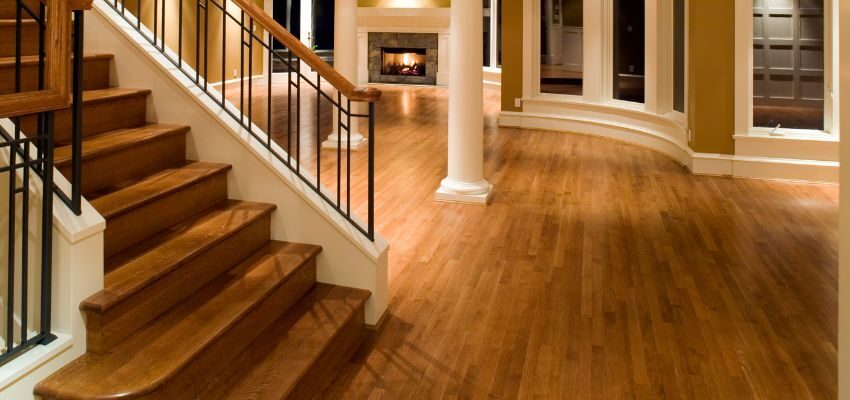
Master The Art Of Choosing The Perfect Wood Grain
Knowing the types of wood grain is essential for making informed choices in woodworking and design. From the rustic charm of open grains to the sleek elegance of closed grains, each wood grain type has unique qualities that can elevate your projects. Whether you’re a DIY enthusiast or a pro, selecting the correct kind of wood grain matters. It balances beauty and functionality. With this newfound knowledge, you’re ready to craft something truly extraordinary.
Hire The Timber Experts For Your Next Project
Vintage & Specialty Wood should be your source of the highest quality timbers from around the world. When it comes to fabricating and installing reclaimed wood or specialty wood products in your home, we don’t cut corners. We offer many reclaimed wood and specialty wood products such as Douglas Fir, white oak, and much more. We also offer timber framing and wood flooring services as well. Contact our team today to speak to a timber expert about what Vintage & Specialty Wood can do for you.

This Blog Is Fact Checked
This content has undergone meticulous fact-checking by our team of internal experts. Gain a deeper understanding of the high editorial standards we uphold on our website here.

About The Author
Experience, exploration, and knowledge are the hallmarks of writer Rei Bayucca. Her dedication to crafting articles that both inspire and educate will leave you thinking long after you’ve finished reading.

